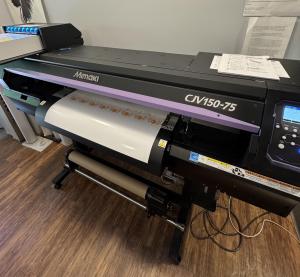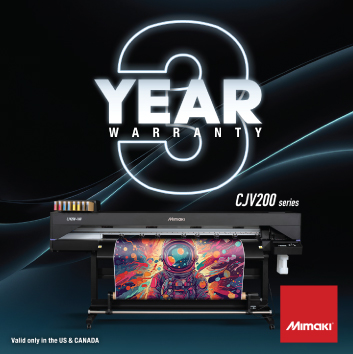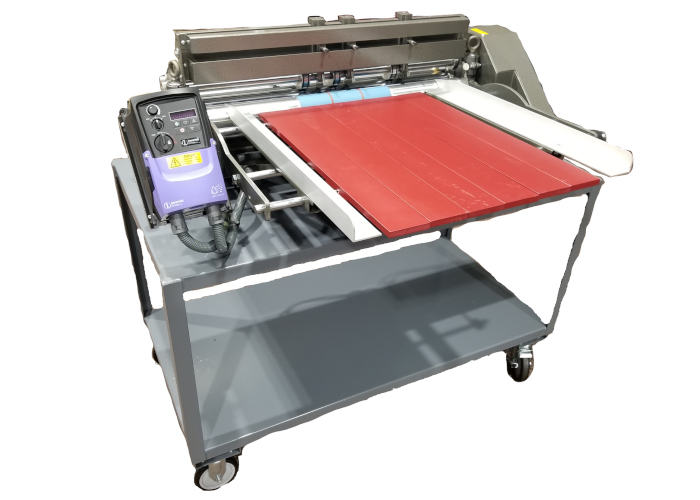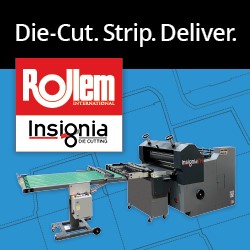Choosing the right media player
Physical deployment
There are many ways in which media player selection will depend on physical considerations, from the size of the device and the nature of the network’s infrastructure to the environmental conditions at the planned installation locations.
Size is the most obvious of these physical considerations. Media player options available on the market today range from pocket-sized appliances to server-sized machines. The size should be considered in the context of needing to hide the device during installation, meeting the location’s mounting requirements and enabling the expansion of the system at a later date.

If the players are expected to be mounted with the displays, for example, they need to be small enough to allow for co-location. Commercial display mounts typically require a minimum of 25 to 51 mm (1 to 2 in.) of clearance between the displays and the wall; the media player just needs to fit within this clearance. A common Video Electronics Standards Association (VESA) mounting pattern is also important on the player, as it allows the direct connection of the player to the display or the mount.
If, on the other hand, the media player is to be installed within an information technology (IT) ‘closet’ away from the display—e.g. for serviceability, to enable centralized access or when using a single player for content on multiple displays—its size becomes a much less important consideration.
Much more important is a tool-less design that allows easy opening of the case to swap out components during upgrades or repairs. Coupled with a slightly larger player, this arrangement typically offers more opportunities for expanding the system in the future with additional RAM, graphics or other components.
Rack mounting—the ability to place media players on standard IT rack shelving—is also advantageous, allowing for tidier installation.
As mentioned, digital signage platforms need to be designed for the rigours of always-on operations. This requirement extends to all of the commercial hardware that will be expected to be active throughout the day, including media players with steel chassis, high-endurance capacitors, ball-bearing fans and gold-plated connectors. For a media player that will operate in a dusty, humid or otherwise not well-controlled setting, a solid-state storage drive—or even an entirely fan-less system design—is highly recommended.
When discussing the physical characteristics of the environment where the media player will be deployed, warranty considerations become especially important. A three-year warranty is a must for devices operating upwards of 12 hours per day.
Also, a full-system warranty—as opposed to a component-specific arrangement—is desirable. If anything goes wrong with the media player, the last thing anyone wants is delays associated with identifying which specific component failed before a warranty can be executed. With a comprehensive single-vendor warranty, an entire system will be replaced instantly, without the unnecessary delays.
One of the final considerations is the life cycle of the product. The digital signage sector is known for long project rollouts and demands a high degree of operational stability and constant hardware availability.
This stability is only achievable through standardized imaging—i.e. automated loading of the OS, hardware drivers and software settings on standardized hardware. Systems that can guarantee availability of the same hardware platform for three to five years are advantageous, as they reduce the number of hardware and image configurations that have to be supported in the field.
These benefits extend to software, as well, as vendors can create stable, long-lasting images of their products running on such platforms, knowing they can expect the hardware to be available and usable well into the future.






